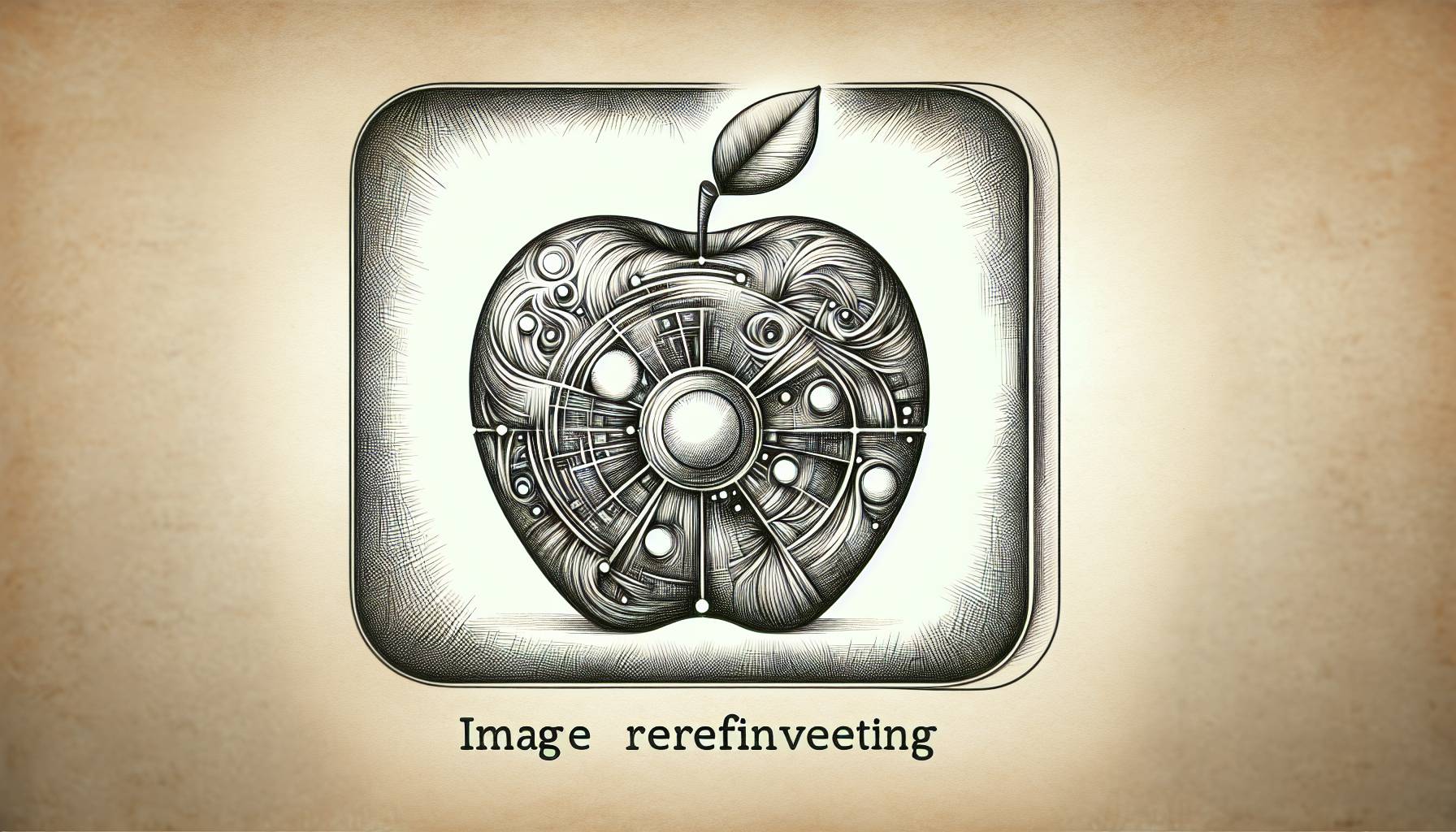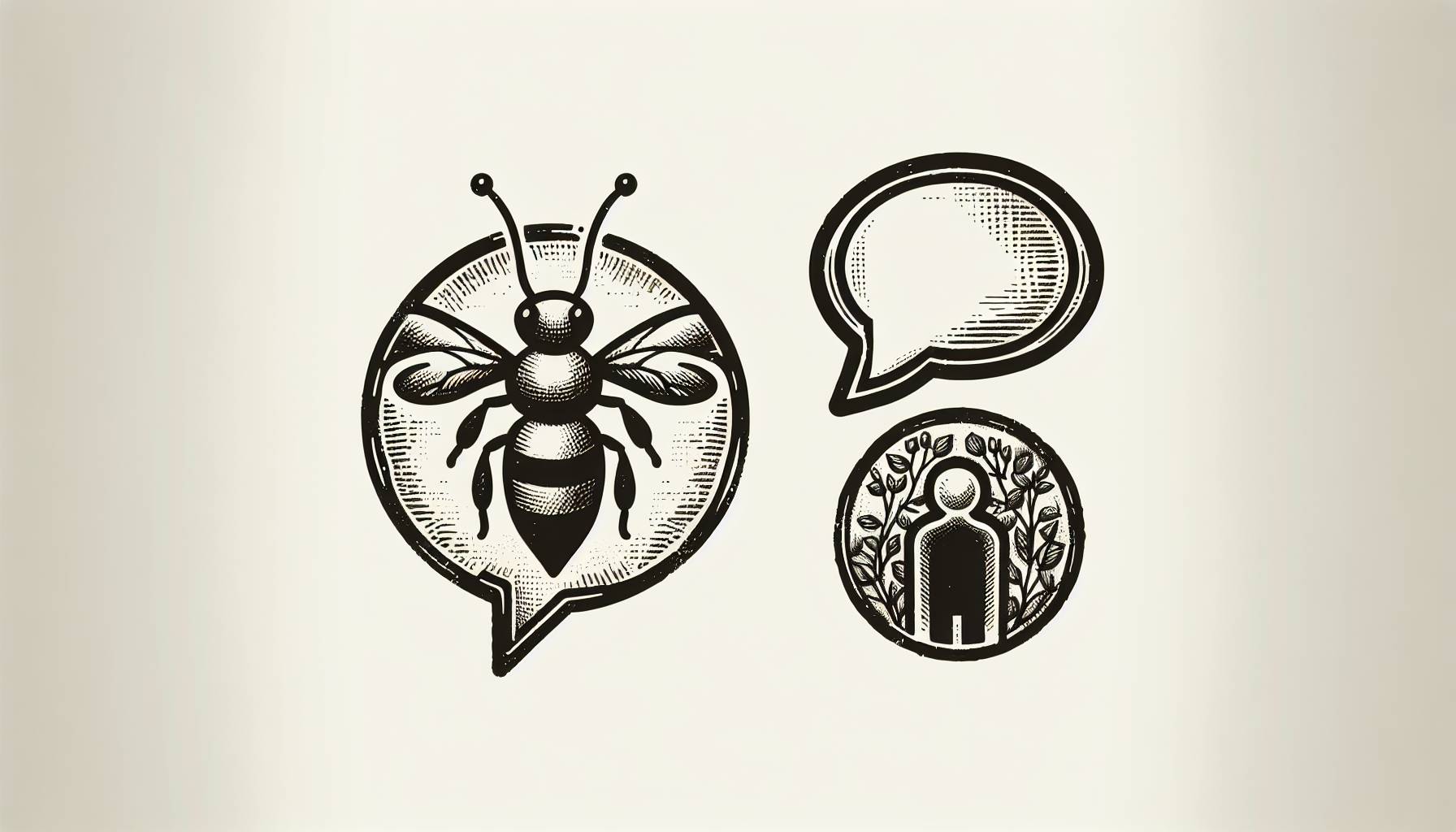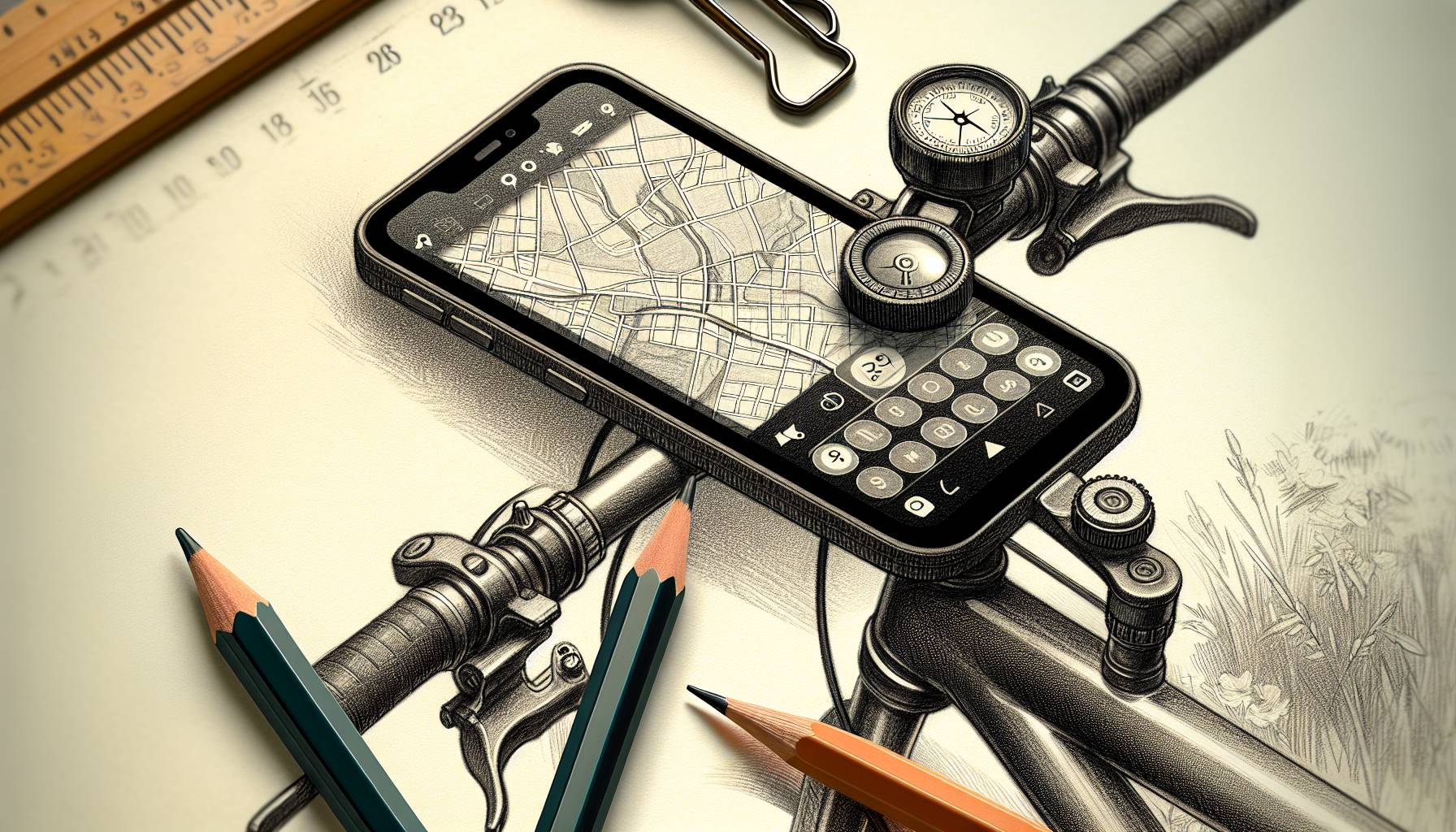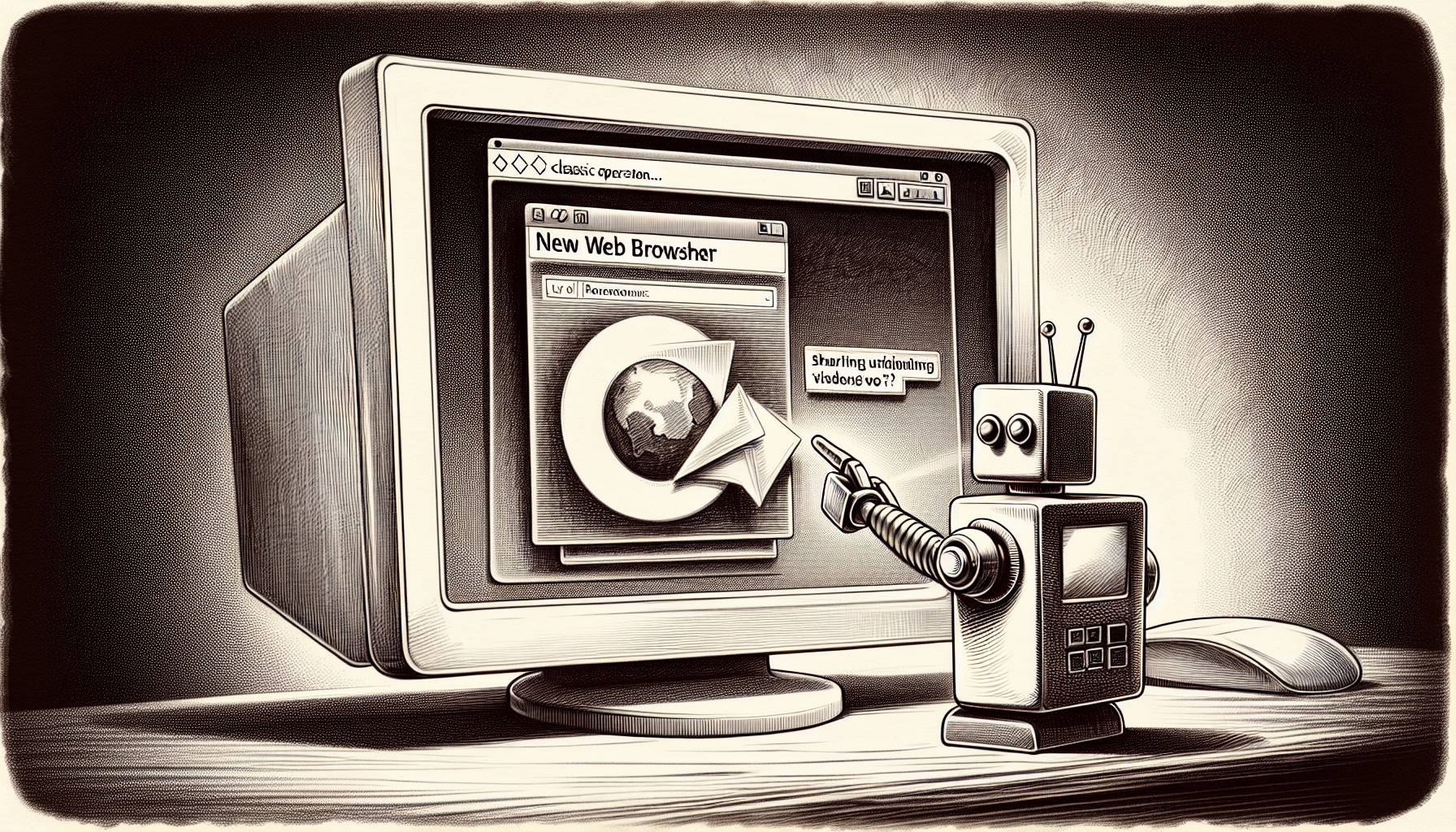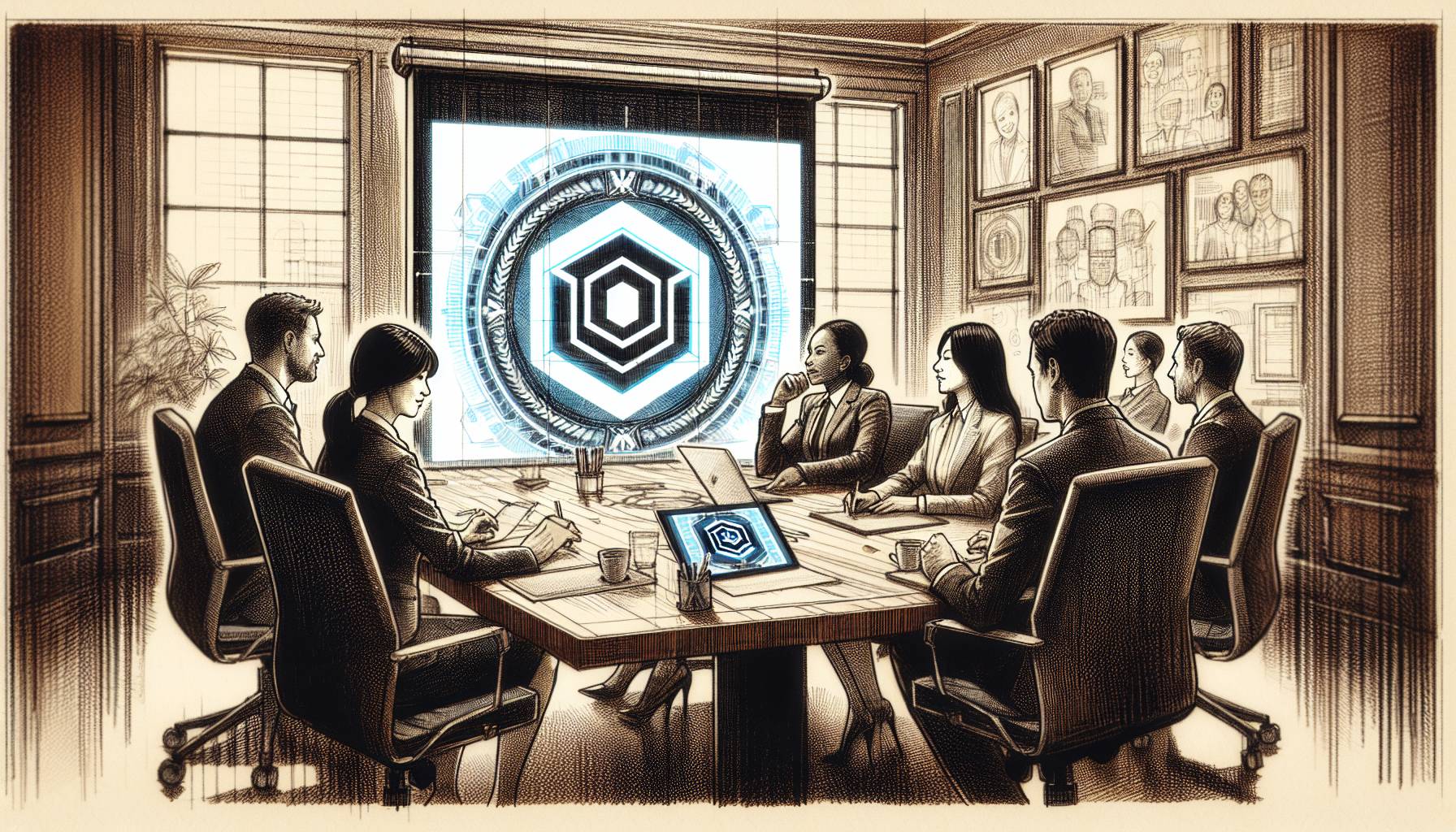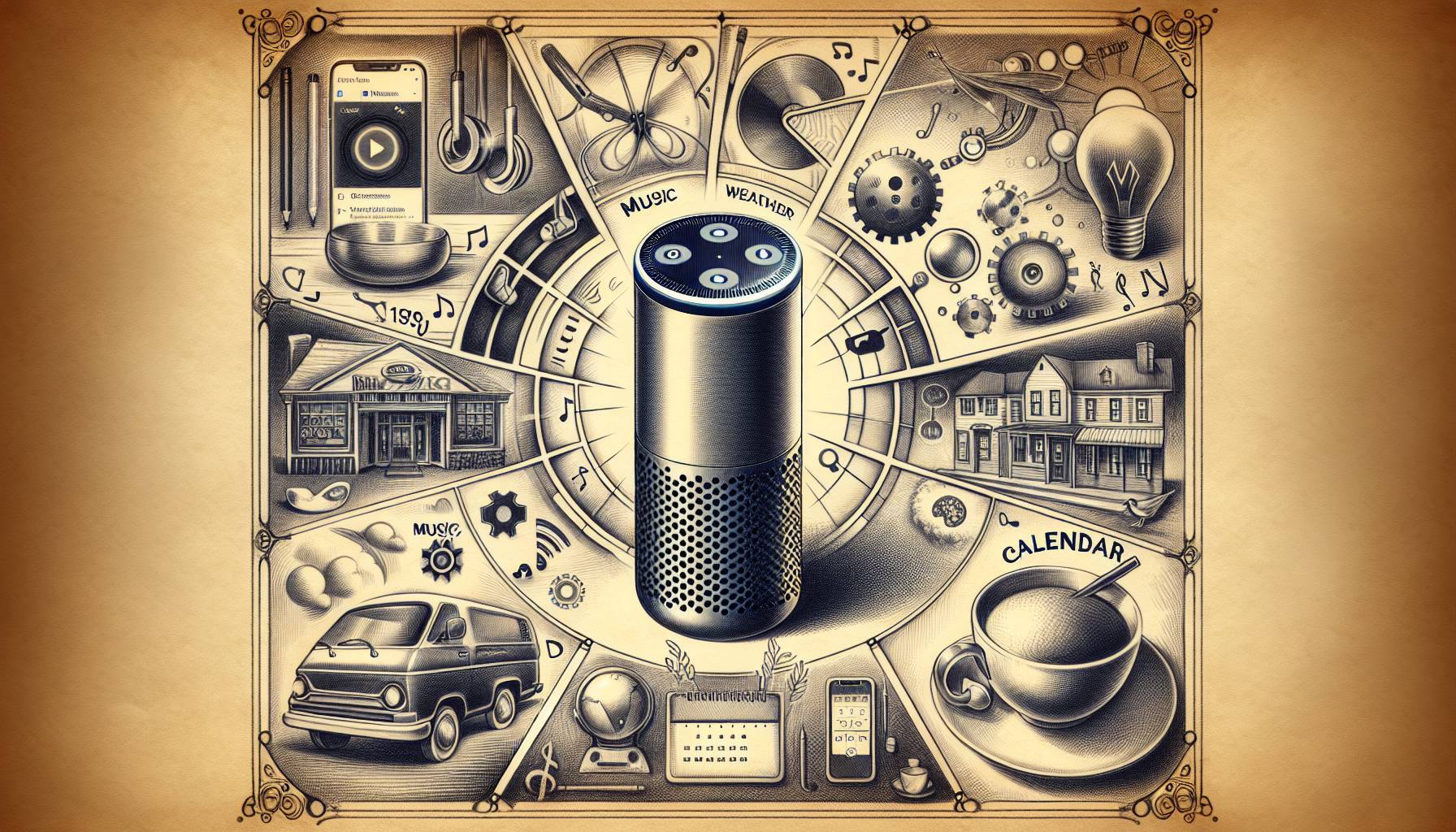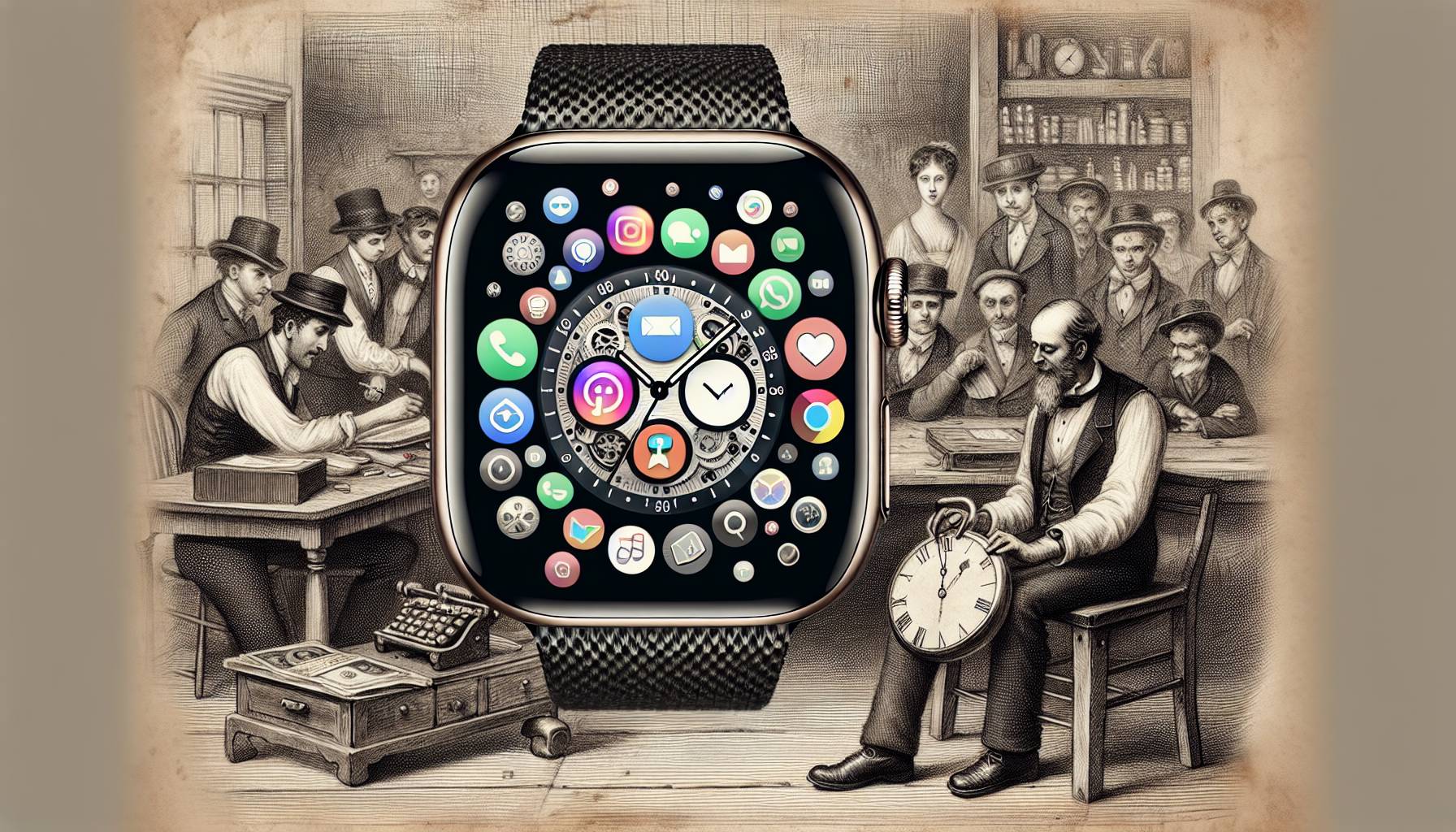When Benjamin Moore developed its popular Ben Color Capture application, the process involved more than just slapping paint on the wall and hoping it would stay bright.
“We haven’t accomplished anything if somebody doesn’t buy paint in the process,” Carl Minchew, director of product development at Benjamin Moore & Co., said of the app.
Minchew spoke at the September 23 Apps For Brands conference in New York, produced by Appolicious and Advertising Age (view coverage from Ad Age here). The conference showcased how major brands, including Bank of America, Kraft and Major League Baseball, are positioning apps within their marketing strategies. A keynote address by MLB.com CEO Bob Bowman, who gave the green light to develop the popular MLB At Bat 2009 app, was followed by discussions that focused on branding, building and driving adoption to apps.
Content is still king
“Content matters,” Bowman said. “It matters how you present your content and it matters what it looks like. There are 6,000 apps that do baseball. We want people to use ours. If it’s not good, it’s gone.”
Leave it to a baseball executive to concede that MLB.com’s pricing strategy is “hit and miss.” Consumers pay $9.99 to download MLB At Bat, which allows them to listen to any Major League baseball game for free or watch any game for 99 cents.
“No one really knows yet at what price people will stop buying,” Bowman said. “We think at $10 (for the app), no one really thinks about spending that. But $20 might have been different.”
Another popular app that charges $9.99 is Zagat’s to Go. Similar to MLB At Bat, the app for the iconic restaurant guide is generating new revenue streams for an entity that is very mindful of changing patterns in media use.
“We’ve found a good mix of balancing our premium brand content and charging for that premium so we have a business model two, three, four years from now,” said Ryan Charles, senior product and marketing manager, Zagat Survey.
Zagat is a pioneer in the mobile marketing space and launched its first app nearly a decade ago on the Palm platform. Zagat’s To Go is currently 77th among the approximately 58,000 paid apps available on the iTunes App Store.
No “free pass” for established brands
Matt Bean, article’s editor for Men’s Health, believes mobile apps will be “a $25 billion business by 2014.” Men’s Health has six apps, including one of the most popular health and fitness apps, Men’s Health Workouts ($1.99). Although the magazine has 11 million readers, Bean said no company, no matter how large its brand, can rest on its laurels when marketing apps.
“People don’t give you a free pass just because you are the world’s largest men’s magazine,” he said. “We are thinking long-term. This is an iterative process.”
Other companies are using the iPhone’s unique tools to build consumer engagement.
The Barnes & Noble Bookstore app, for example, uses the iPhone’s camera so customers can snap photos of a book to get information and reviews. Doug Gottlieb, a vice president with Barnes & Noble.com, called this “search without typing” that helps someone choose what to read next and, of course, buy through the retailer’s app.
Apps can’t feel like ads
Rei Inamoto, chief creative officer for ad agency AKQA, emphasized that the customer experience remains the critical component. If it looks like advertising for a brand, the app won’t work.
“We believe the best advertising isn’t advertising,” he said, citing several examples.
The “virtual bartender” for Smirnoff Vodka helps people order more than the familiar one or two vodka drinks because they may not be familiar with other options. This app exists for mobile WAP use. The GAP StyleMixer for the iPhone helps shoppers mix-and-match their wardrobe by combining existing clothing (take pictures of your closet!) with potential new items to see if you like the combinations. As a bonus, you can share the combinations on your Facebook page to see if your friends approve.
“These tools are not advertisements as much as engagements with a brand,” Inamoto said.
Engagement is key
Kraft Foods achieved expectations only weeks after releasing its 99-cent iFood Assistant. But the real return on investment was the 99 percent of new users (27 percent were men) that, because of the app, began to engage with Kraft online.
“We think 100 engaged consumers are much more important than 1,000 downloads,” said Ed Kaczmarek, director of innovation for Kraft Foods.
He added that a branded app must have “a point of differential” so the corporations marketing efforts (primarily public relations and word of mouth) can take effect.
While Bank of America has significant marketing resources to promote Bank of America – Mobile Banking, the company did not rely on ” big blown out campaigns” to attract more than 3 million users to its mobile banking platform.
“We try to put our app in other touch points we are having with the customer,” said Jen McDonald, who runs digital marketing group for Bank of America. “As the industry keeps moving, we are seeing some really interesting usage patterns. Now that your finances are with you wherenver you are, there is an interesting dynamic resulting from staying in touch with them even more.”


